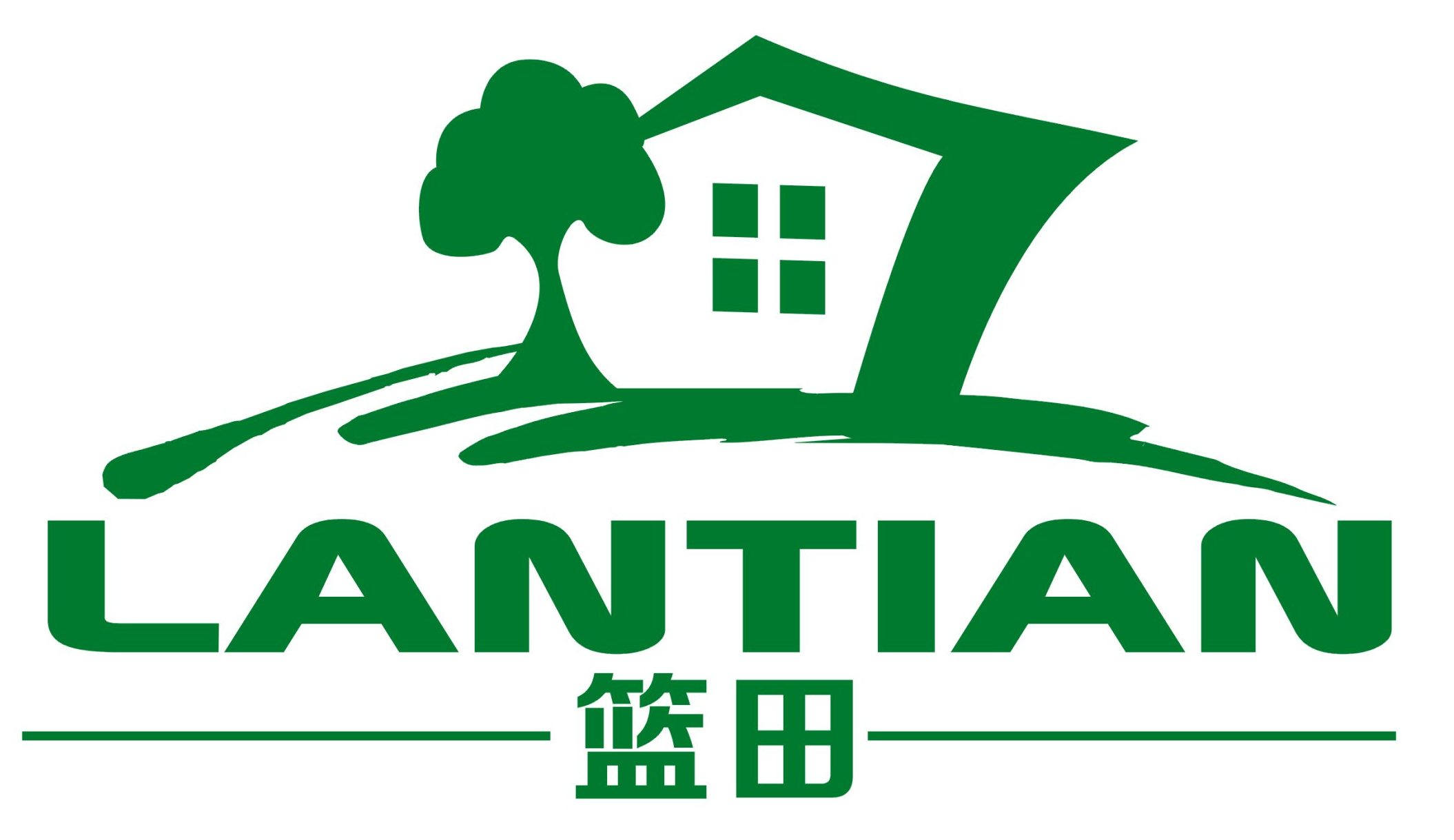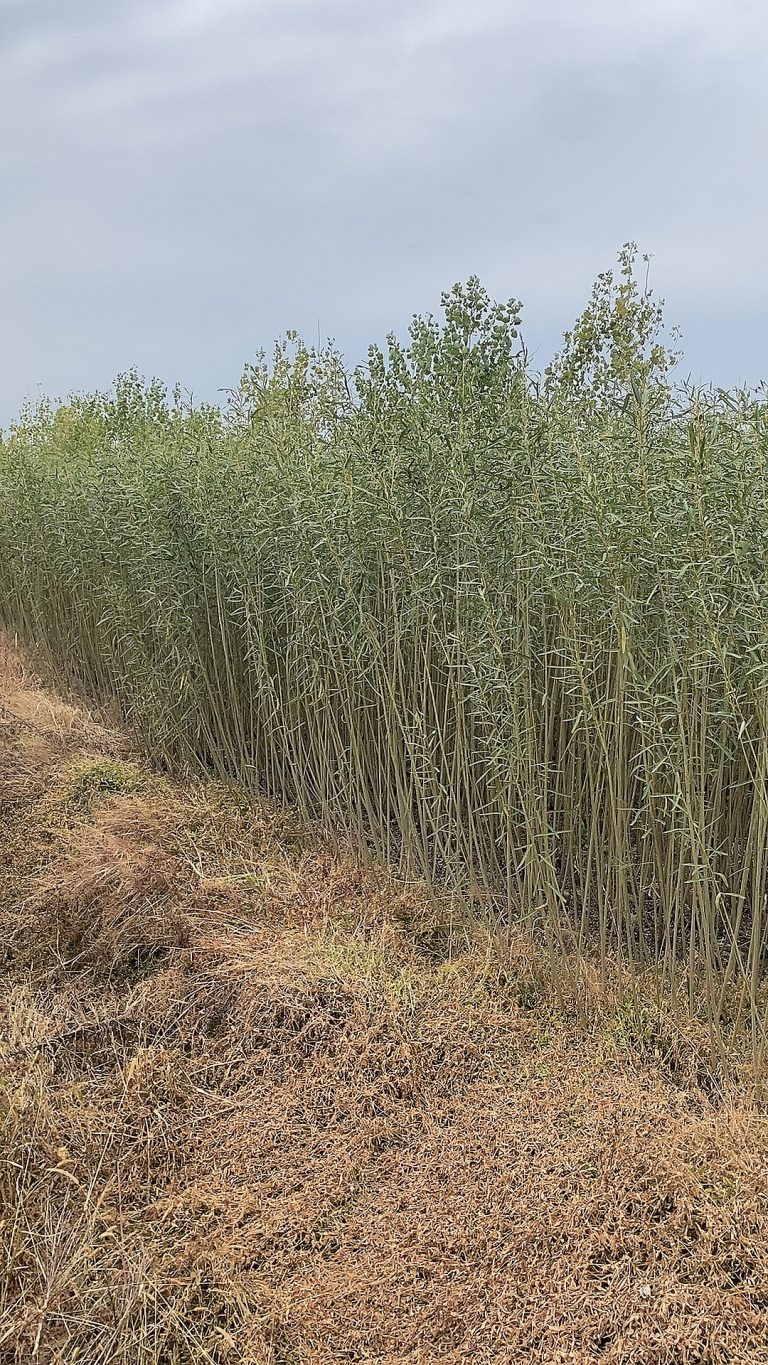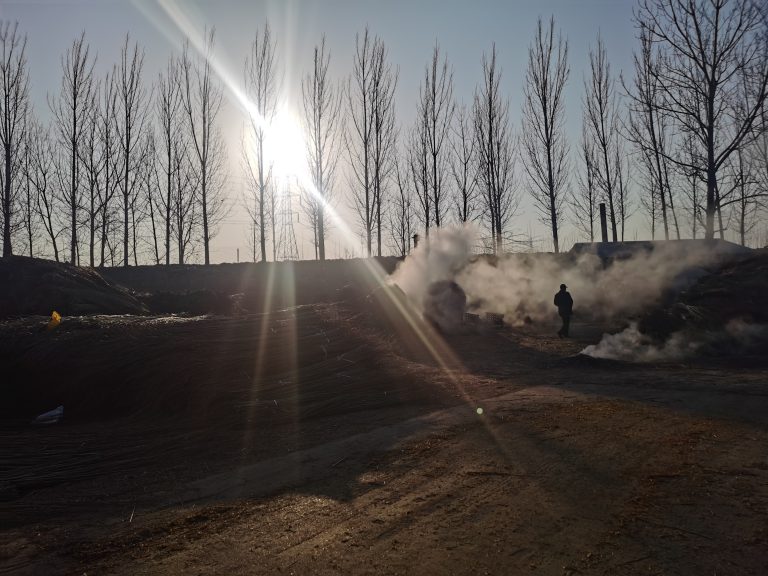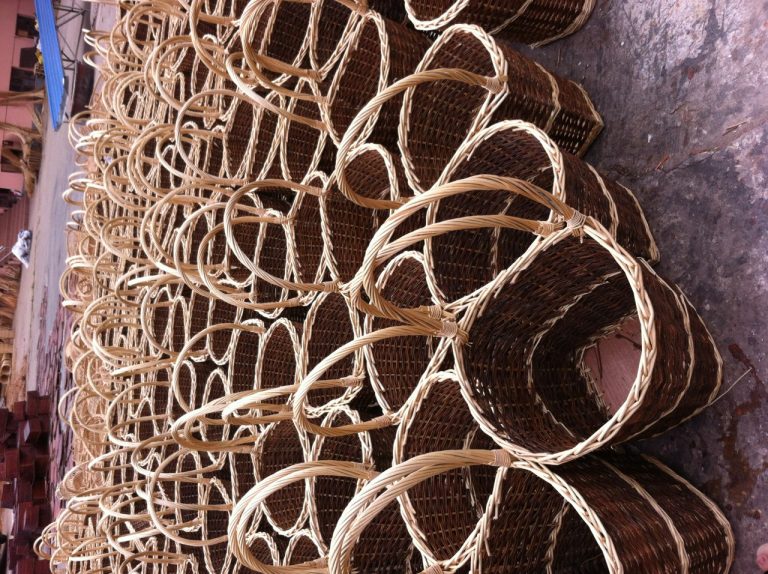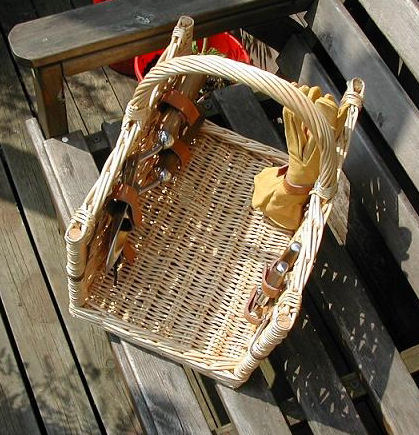From the riverbanks of Linyi to the bioenergy fields of Europe and North America, the humble willow tree is quietly weaving a story of cultural heritage and ecological innovation.
In the spring of 2025, as farmers in Shandong’s Linyi province harvest the pliable shoots of their centuries-old willow varieties, researchers in the United Kingdom are analyzing data from a global study on willow biomass production. This simultaneous activity across continents captures a profound truth: the willow tree, once valued primarily for its artistic symbolism and craft applications, has emerged as a significant player in the global quest for sustainable solutions.
This unassuming tree now bridges traditional craftsmanship and cutting-edge environmental science, creating an unexpected link between ancient practices and future-focused technologies.
From Linyi to the World: The Artisan’s Treasure
In Linxi County of Linyi City, the Qingyun willow variety has been cultivated for over 800 years. This area, known as the “Hometown of Chinese willow s,” has developed unique expertise in growing willow s whose slender, flexible shoots with pale bright色泽 are ideal for weaving. The willow s thrive in the area’s fertile soil, particularly in fields with thin upper sand layers and clay beneath, or in wet, fine-sand riverbanks, demonstrating remarkable drought and waterlogging resistance.
What began as a local craft producing basic baskets and containers for agricultural use has evolved into an international enterprise. Today, Linyi’s willow products encompass 89 series and over 9,500 varieties, including picnic baskets, clothing storage, and even willow coffin,willow casket, pet furniture, exported to more than 40 countries worldwide. This transformation from local craft to global trade demonstrates how traditional knowledge can find new relevance in an era valuing sustainable materials.
The willow ‘s Ecological Advantages
Beyond its artisanal value, willow possesses remarkable ecological properties that make it a valuable resource for environmental remediation. Research has revealed that willow trees can absorb excess nitrogen fertilizers from soil before they reach waterways, thus preventing algal blooms in adjacent ecosystems.
Their deep root systems, reaching down to groundwater layers, make them particularly effective at stabilizing soil and preventing erosion.
Studies conducted by the U.S. Department of Energy’s Argonne National Laboratory since 2011 have identified shrub willow (Salix miyabeana) as a promising biofuel crop capable of thriving in marginal farmland—areas typically unsuitable for food production due to drainage issues or poor soil quality.
When planted strategically in these challenging agricultural zones, willow s intercept excess nutrients, improve biodiversity, and reduce greenhouse gas emissions.
The Bioenergy Revolution
The transition of willow from craft material to bioenergy source represents perhaps its most significant modern evolution. As a second-generation lignocellulosic energy crop, willow offers substantial advantages in the renewable energy sector. Currently, bioenergy accounts for 55% of global renewable energy, with willow increasingly contributing to this share.
Recent research analyzing 30 years of global data from 99 trial locations and 113 willow genotypes has revealed intriguing findings. Canada leads in willow biomass production with 10.6 Mg DM ha⁻¹ year⁻¹, while genetic diversity explains 63.65% of yield variation. The study also found that 17 willow genotypes and two mixed cultivation patterns exceeded the economic threshold of 10 Mg DM ha⁻¹ year⁻¹, highlighting the potential for optimized cultivation methods.
The United Kingdom has identified willow as a crucial component in its strategy to achieve net-zero emissions by 2050. This vision leverages the tree’s ability to grow on marginal lands while providing environmental benefits like carbon sequestration and soil restoration.
Cultural Roots and Modern Meaning
The willow ‘s significance extends beyond practical applications to deeper cultural realms. In Chinese tradition, the character for willow (柳) sounds like “留” (to stay), making it an emblem of farewell and enduring connection. This symbolism finds surprising parallels in Western culture, where willow s have historically represented mourning lost love.
The exchange of willow symbolism between cultures has a long history. The weeping willow (Salix babylonica), originally from China, traveled along the Silk Road to Europe, where Linnaeus mistakenly named it “Babylonian willow ” based on biblical references. In the 18th century, willow s became prominent in European landscape gardening, and by the late 18th century, willow -pattern pottery emerged as a popular decorative motif combining Eastern and Western aesthetic traditions.
Towards a Sustainable Future
The ongoing story of willow continues to evolve as traditional knowledge and modern science find common cause. The success of Linyi’s willow industry demonstrates how local agricultural practices can achieve global relevance when aligned with contemporary sustainability values. Meanwhile, international research continues to uncover new potential for this versatile tree.
As climate challenges intensify, the willow ‘s unique characteristics—from its ability to thrive in marginal conditions to its rapid growth and environmental benefits—suggest it will play an increasingly important role in sustainable economies worldwide. The tree that once inspired poets to write “I left here, willow s shed tear” now inspires scientists and policymakers envisioning a more sustainable future.
The willow ‘s journey from ancient cultural symbol to modern ecological solution illustrates how nature’s solutions often contain untapped potential, waiting for the right moment to reveal their full value to humanity.
Roconly(LinYi) Crafts Co., Ltd.
Whatsapp: +86-18265103836 (Whatsapp & Wechat & Tel)
Email: info@roconly.com
We are a factory supporting eco friendly green baskets(natural willow coffins\bamboo baskets and so on) .. for detail please contact us www.lantianbasket.com;
#roconlybaskets#willow baskets#Naturalwillow babybasket#handwovenbabybaskets #wickerbassinet#willow KitchenDrawer #willow firewoodbasket#storagebasket #traditionalbasket #handmadewillow basket #wholesalewickerbasket #basketfactory#Moses baskets
